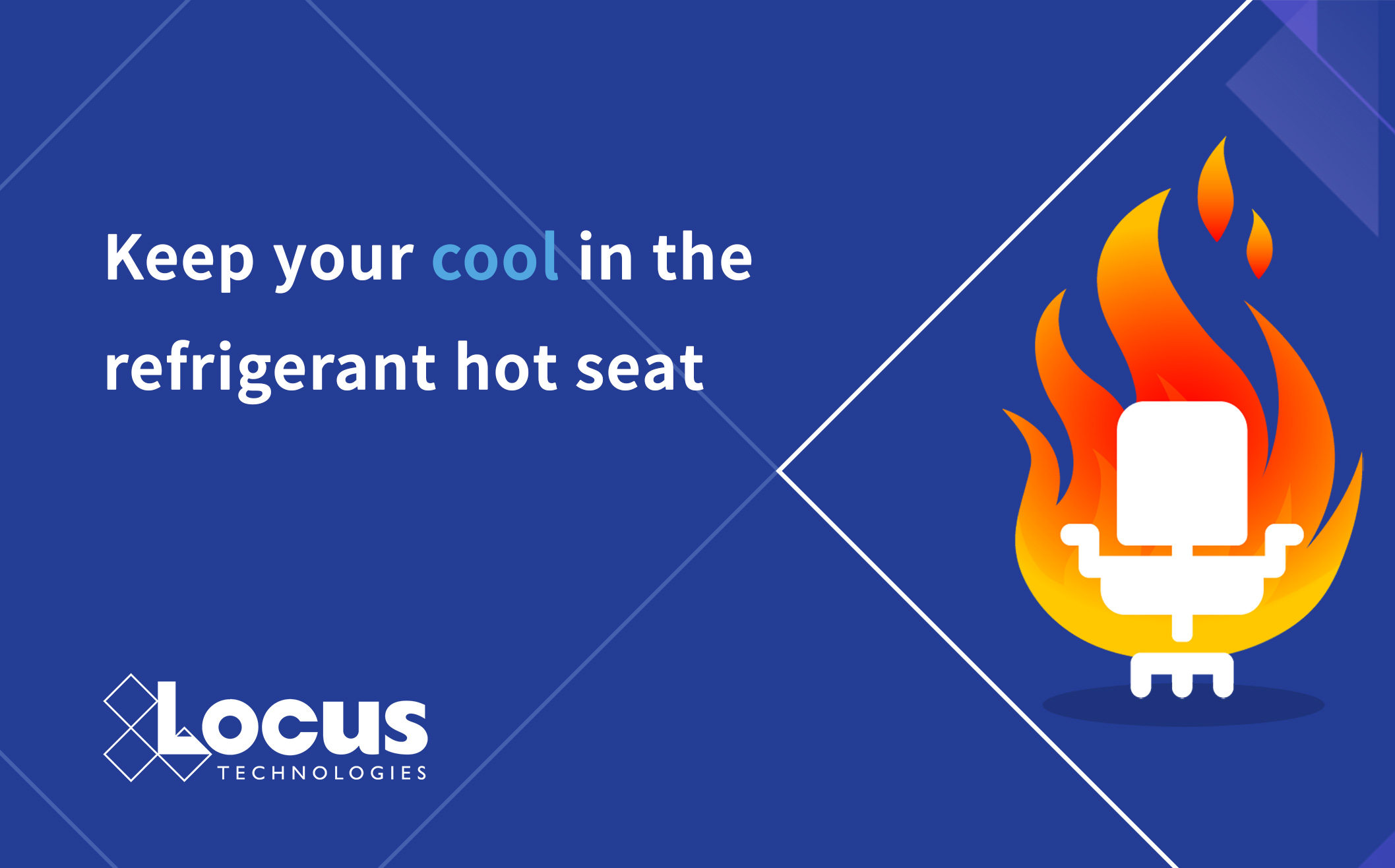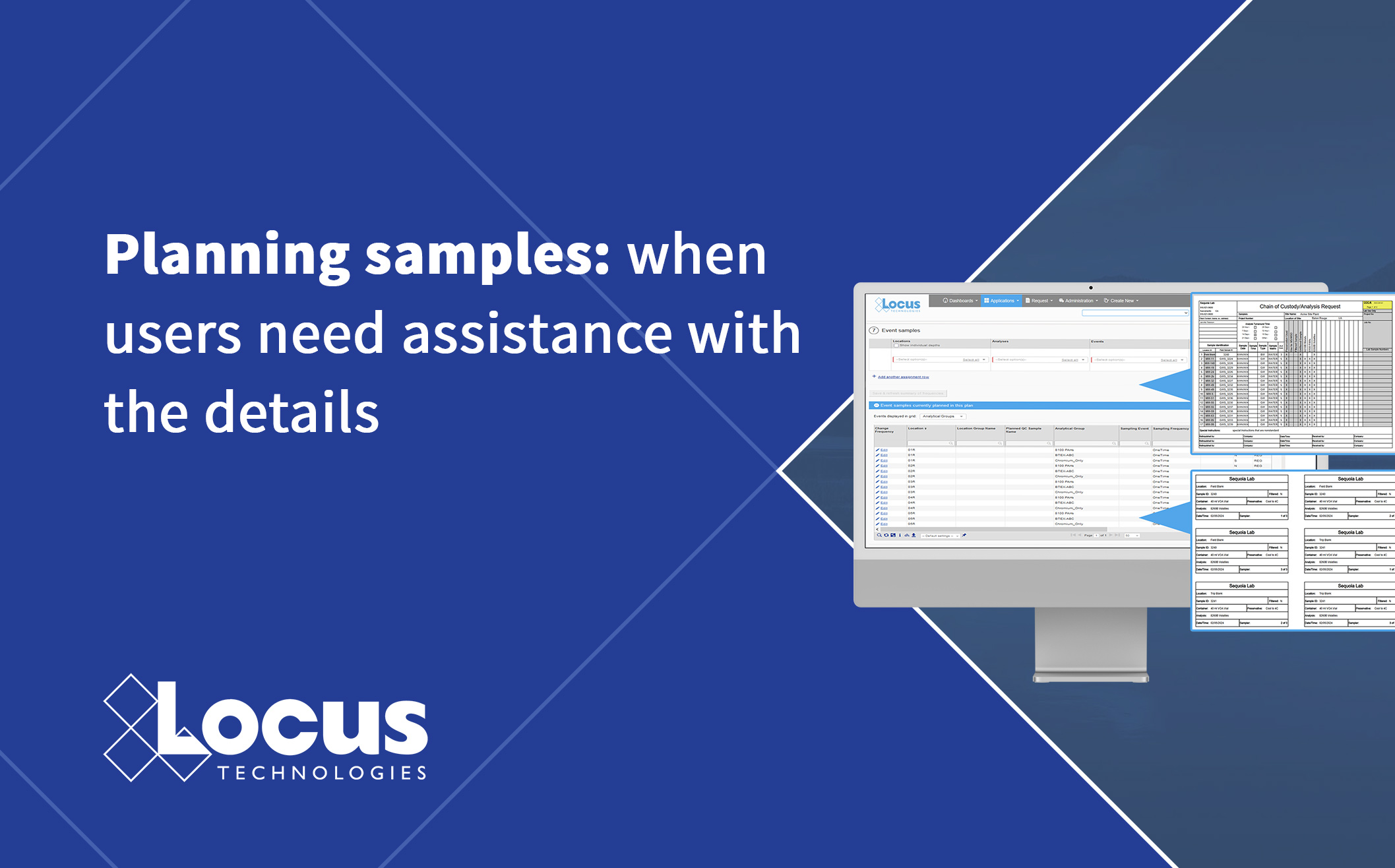
The annual deadline to submit Chronically Leaking Appliance (CLA) reports is looming. It is always a big stressor for facility owners and managers, even more so considering the growing scrutiny of any unit with 15 lbs. or more of charge from virtually any refrigerant with a GWP above 53. Fortunately, there’s a solution.
Locus Refrigerant Management automates the work and helps users generate the necessary EPA disclosures within seconds.
If you have an appliance that leaks 125% or more of its full charge in one calendar year – or if you don’t know the leak rate for any of your appliances – this is an important resource.
The US Environmental Protection Agency (EPA) requires a comprehensive report for chronically leaking appliances (CLAs) to ensure proper management of refrigerants and other substances that may harm the environment. The report must detail the appliance’s history, refrigerant type, leak rates, and mitigation strategies employed, providing a clear record of compliance with federal regulations.
The report should begin with basic identification information, including the appliance’s model, serial number, location, and type of refrigerant used. Detailed records of prior leak incidents are essential, specifying the date, magnitude, and response actions taken. A focus on leaks that exceed thresholds defined by the Clean Air Act (40 CFR Part 82) or related EPA guidelines is required. Specifically, the current regulations apply only to CFC and HCFC systems with 50 or more lbs. charge. Starting in January 1, 2026 the regulations and reporting will expand to include all refrigerants with a GWP greater than 53 and a charge of 15 or more lbs.
The report must also include an analysis of the leak rates, offering insight into the appliance’s operational efficiency and the effectiveness of previous repair efforts. If the appliance is classified as a “high leak” unit (typically due to recurring leaks), documentation of repairs, replacements, or upgrades should be provided to demonstrate that corrective actions are in place.
Finally, the report should outline the operator’s ongoing efforts to minimize further emissions. This includes leak inspection schedules, leak detection systems, and repair verification tests. The appliance must comply with any corrective measures or regulations specified by the EPA or other relevant local authorities.
By adhering to these requirements, the EPA report for Chronically Leaking Appliances ensures that environmental protection measures are followed, while also fostering greater accountability in managing refrigerant emissions.
Locus Refrigerant Management software helps clients generate this report in just a few seconds. We call it the Calendar Year Leakage Report, and our team is standing by to show you how it works.



